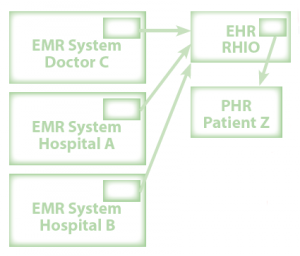Less is More
—Mies van der Rohe
In high school English class, many of my generation were forced to study a book about writing known as “Strunk and White.” Compared to many other books we were forced to read, it had many advantages. It was short. It was to-the-point. It was full of pithy sayings, the most pithy: omit needless words.
In Cognitive Friction, we extended the idea to graphical computer user interfaces as “omit needless pixels.” In Performance, Data Pixels, Location, and Preattentive Attributes we looked at Nielsen and Tahir’s analysis of the percentage of a home page’s area devoted to different purposes; in this way, we could determine which were valid data pixels, which were not, and the ratio of data to non-data pixels. Read the rest of this entry »




